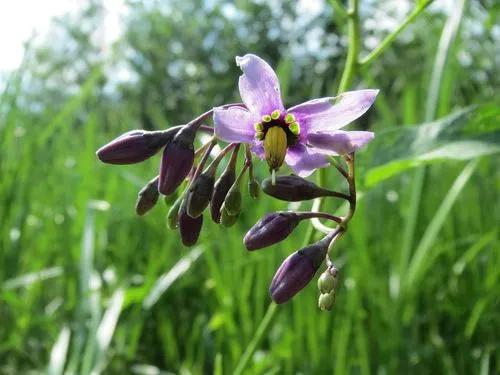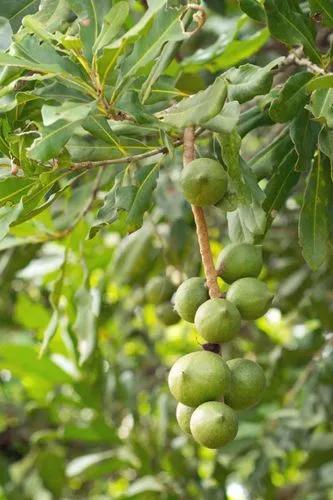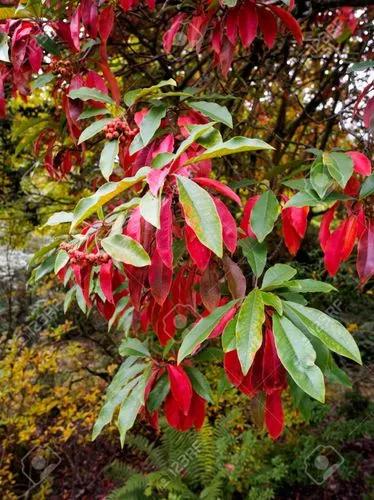The Sour Cherry tree, belonging to the rose family, has a long history of human use. These trees are closely related to sweet cherry trees (Prunus avium), differing mainly in the flavor of their fruits. Sour cherries are known for their tartness, while sweet cherries offer a delectable, tangy sweetness.
Sour Cherry Care
Prunus cerasus



Prunus cerasus, a small tree reaching about 30 feet (9 m) in height, features white flowers in spring and yields small, dark red drupes in summer, often used for tart cherry pies. Its dark gray bark and ovate leaves with serrated edges turn yellow in autumn. The tree produces fragrant, clustered light pink or white flowers early in spring, preceding foliage, its main identification features after fruits. The cherries themselves are small, thin-skinned, and acidic, coming in both deep red (Morello) and yellow-fleshed (Amarello) varieties, packed with antioxidants and ripe for harvest in early June.
How to Care for the Plant

Container

For potted Sour Cherry trees, it's essential to opt for a deep container, ideally around 60 cm deep. Look for pots that are at least 18 to 20 inches wide; sturdy options like terracotta pots or half-barrels work best, offering stability and ample root space.

Fun fact

Sour Cherries, with their roots in Europe (mainly the shore of the Black Sea) and Western Asia, boast a long history dating back thousands of years. The Romans are credited with spreading these tart treasures across Europe, where they became valued for their unique flavor, versatility in cooking, and use in various culinary delights.

Popularity

3,215 people already have this plant 354 people have added this plant to their wishlists
Discover more plants with the list below
Popular articles






